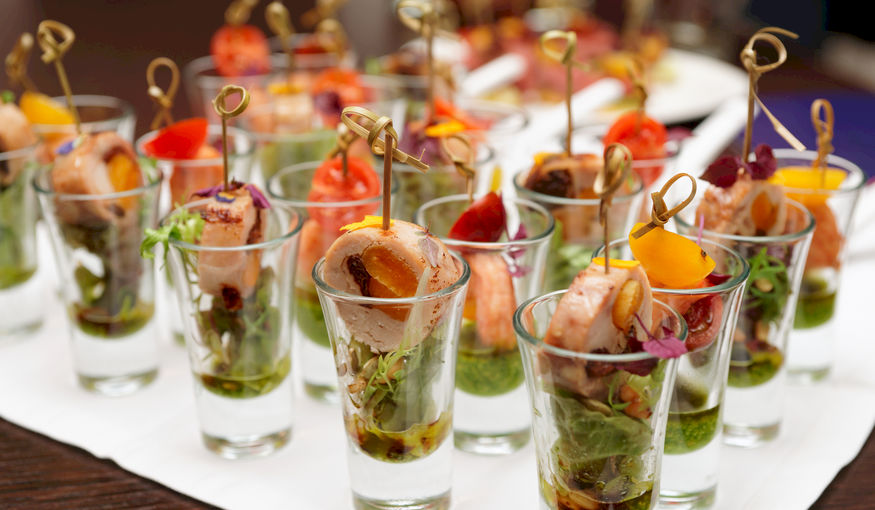Catering Tips for Newbies

The food industry is often intimidating, especially when you’re new and are unacquainted with the principles and rules, but it can also be rewarding. Within the catering industry, many of your fellow co-workers are going to be interesting, lively, and social. It’s certainly a career for social people – and you’ll get an indoor check out soirees and elite social gatherings whilst earning enough on the side. It’s flexible work, but physically demanding.
From a corporate luncheon to a big fat Indian wedding, what are the principles of service for caterers? Does one serve customers from the left or the right? Does one put out the food on a plate during a buffet or does the guest? Are you liable for food preparation or is it someone else? Does one set the tables and if so, then how? Is coffee or tea served before or after the meal? Who removes the bins?
All caterers are liable for ensuring the event goes smoothly, but usually there will be a catering manager responsible for of all moving parts – including speaking with clients and checking out their needs before the events are set into motion.
So, here are some catering tips and tricks for beginner caterers – servers, chefs, and managers:
Understand food safety
As someone working with food, you’ve got to understand the fundamentals of food safety. Your supervisor will presumably train you on prominent points, but here’s a fast run-down. Everyone from servers to chefs to catering managers must realize food safety temperatures.
Make sure if you’re tasked with preparing food, you employ separate chopping boards for meat and fresh veggies to avoid cross-contamination.
- When cooking, storing, or keeping food on warmers or ice, confirm you avoid the zone in order that nobody is in danger for foodborne illness as bacteria multiply at an alarming rate when kept at these temperatures for a protracted period of your time.
- Cook all foods to the acceptable temperature (You should choose the acceptable temperature and keep the food at that exact temperature for an appropriate period of time).
- Cool foods to the acceptable temperature.
- Store foods properly in airtight containers that are clearly labelled and dated.
- Hot holding foods should be above 63 degrees Celsius, or if not, consumed within a few of hours.
- Reheated food should be raised to a temperature of 82 degrees Celsius. A time and temperature combination will ensure food has been safely reheated.
Avoid the buffet if you can
Unless your clients specifically request a buffet, family-style entertainment is the new rage in catering. It’s more intimate, and halts the necessity for long lines and waiting too. For catering chefs, buffet food temperature is harder to manage, that could lead on to illness.
For servers, with fewer guests mingling around, there are fewer chances of accidents, and you’ll see to the requirements of the guests more easily. Open-seated cocktail parties with buffets often have many obstacles for both servers and guests – tables, moving on surfaces, carry their own plates and drinks, and so on. Catering managers will have much less stress hosting sit-down and family-style events than monitoring an extended buffet line.
Training and physical demands
If you’ll find the time, it’s recommended that you simply exercise and eat healthily to remain in shape. Catering is physically demanding because you’ll need to often get on your feet for hours, walking between the kitchens and therefore the event room. You’ll need lots of energy for that – whether you are a manager, server, or chef.
The plus side is you regularly cannot serve food trays – when serving hors d’oeuvres at, say, the coat check (where you’ll often have many downtimes and get to take a seat down) – once they are nearly empty, so when walking back to the kitchen you’ll be ready to eat the last mini quiche or salmon roll (ask your manager first, though), which may provide some energy.





